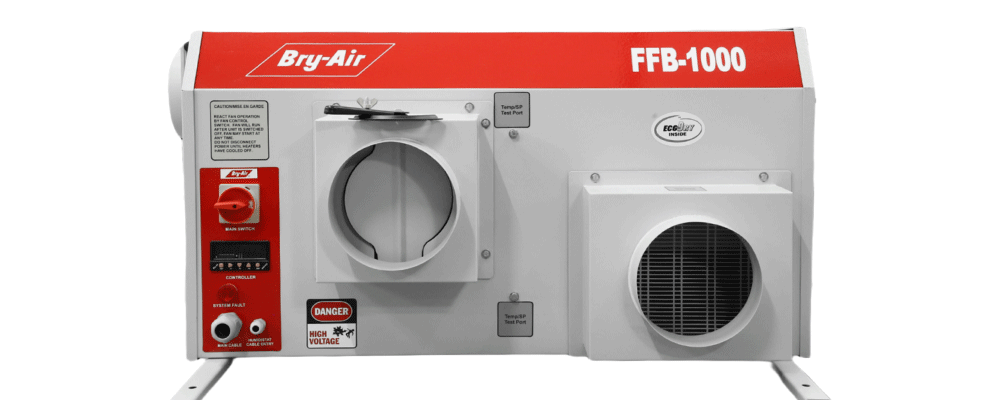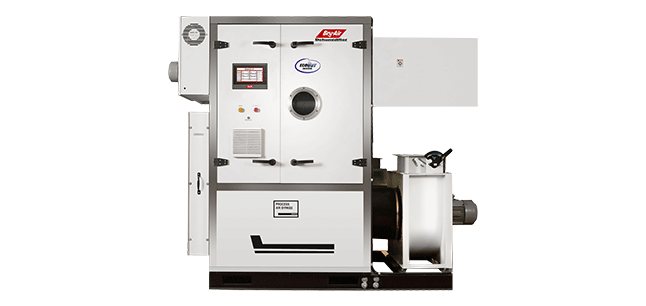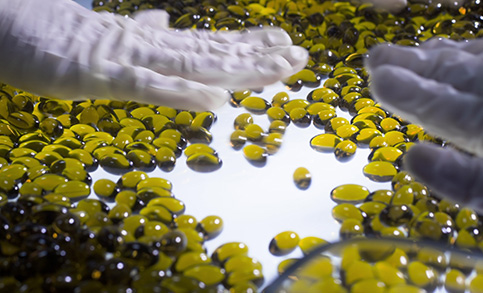Gelatin or gelatine is a translucent, colorless, brittle (when dry), flavorless food derived from collagen obtained from various animal body parts. It is commonly used as a gelling agent in food, pharmaceutical drugs, vitamin capsules, photography, and cosmetic manufacturing. Gelatin is used in shampoos, face masks, and other cosmetics; as a thickener for fruit gelatins and puddings (such as Jell-O); in candies, marshmallows, cakes, ice cream, and yogurts; on photographic film; and in vitamins as a coating and as capsules, and it is sometimes used to assist in “clearing” wines.
Gelatin is moisture and temperature sensitive. In the Gelatin manufacturing process, during the drying stage, if the air entering the dryer is not conditioned in terms of temperature and humidity, the Gelatin becomes brittle or the gel melts and does not solidify into a band. Presence of High RH also leads to microbial contamination, which is highly undesirable considering the application of Gelatin in the food and pharmaceutical Industry.
Gelatin manufacturing is a complex process. Ossein, an insoluble collagen is the basic raw material for Gelatin processing. During the various phases of gelatin formation, moisture control is essential to have a quality finished product. During the drying process, Gelatin passes slowly over a distance of 35 metres through eight separate temperature zones and hence, humidity control is necessary.
It is generally recommended that Gelatin be dried by circulating dehumidified air into the room maintained at 20% RH at 32°C.
The Bry-Air dehumidifier is the most economical and reliable method of low temperature product drying – a sure prescription for a better product!
It helps absorb the moisture during the gelatin formation, bringing down initial moisture content (IMC) from 70% to about 10-12%, and allowing surface hardening and rapid drying.
Bry-Air Desiccant Dehumidifiers remove moisture from the air through a process of continuous physical adsorption and can effectively maintain the most stringent humidity conditions required for Gelatin Drying since they are capable of maintaining RH as low as 1% or even lower at a constant level, regardless of ambient conditions.

The powder coated, CNC fabricated compact desiccant dehumidifiers (FFB series 170-4500 CMH) are lightweight and can be installed above the false ceiling.

For complete air handling and environment control needs (ranging from 2,500 CMH to 25,000 CMH)


Uncontrolled humidity during the process of Gelatin drying can lead to issues like melting, microbial contamination, and undesirable characteristics. It can also result into biodegradability of Gelatin.




